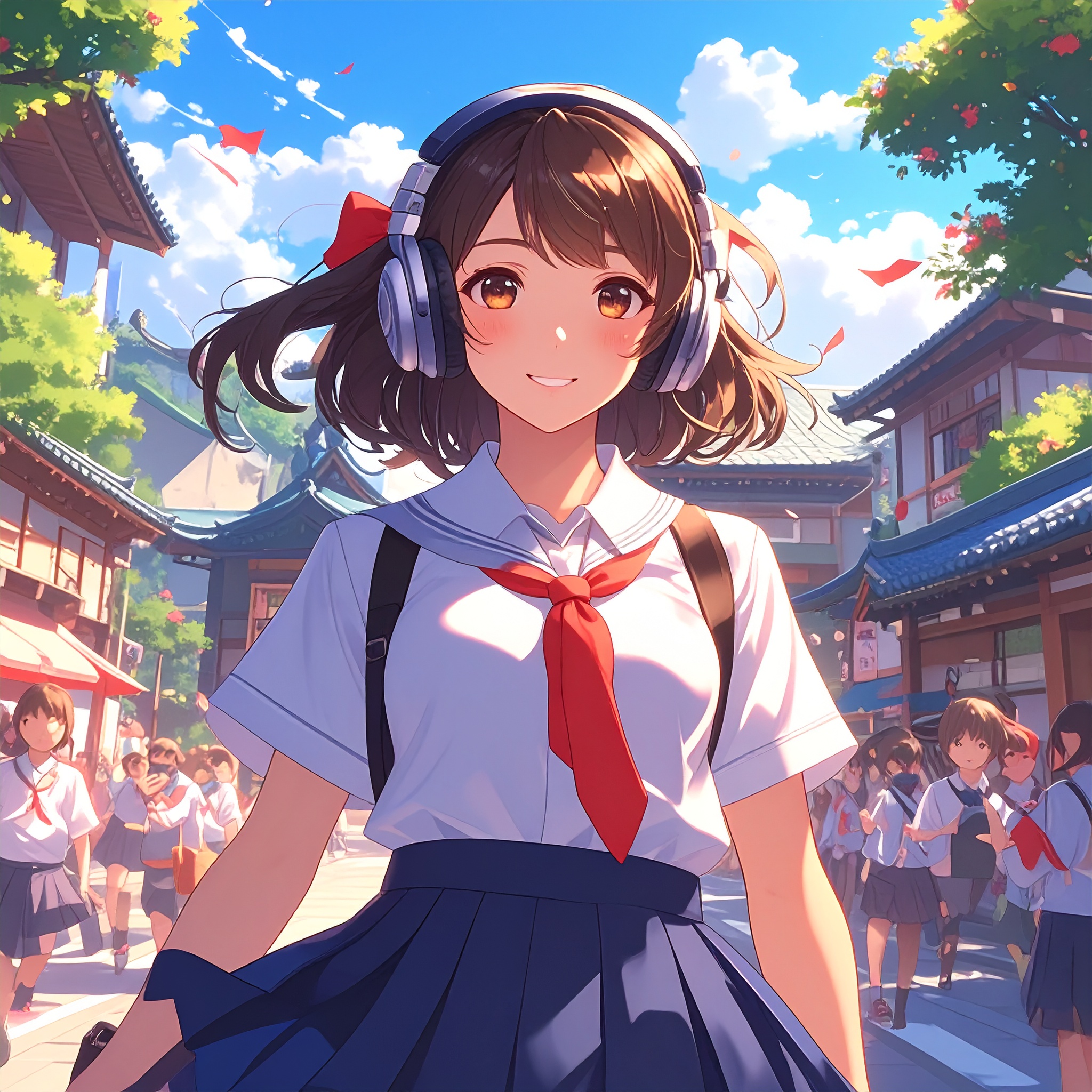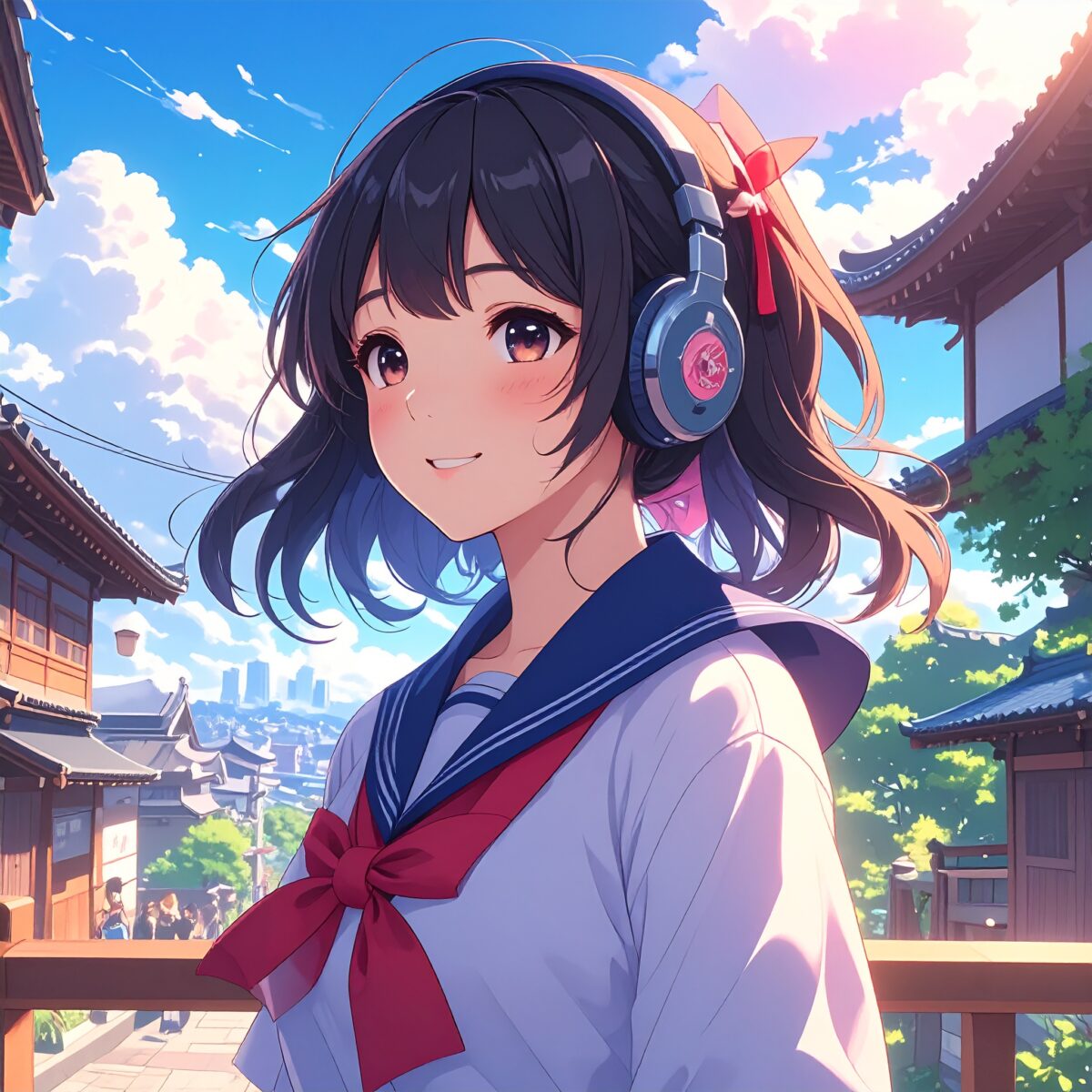There is a unique charm in the sight of Japanese high school girls in school uniforms playing instruments, singing, or dancing. The fusion of the everyday world of school and the boundless freedom of musical expression captures the hearts of viewers everywhere. The combination of uniforms and music has become a distinctive element of Japanese culture, drawing attention both domestically and abroad.
In light music clubs across Japan, schoolgirls write their own songs and perform them at school festivals, or devote themselves to practice after school. These moments vividly capture the essence of youth—raw, real, and emotionally resonant. Band activities are filled with stories of teamwork, conflict, growth, and triumph. The sight of a girl strumming her guitar in her school uniform radiates an irreplaceable energy that speaks directly to the soul.
Uniforms also play a central role in Japan’s idol culture. Many idols debut wearing uniform-inspired outfits, and their performances on stage—singing and dancing with passion—represent not just cuteness, but determination and aspiration. They are not portrayed as distant stars, but as ordinary girls striving to achieve extraordinary dreams through effort and friendship. This narrative deeply moves fans, who see themselves reflected in their journey.
The school uniform, as a visual symbol, conveys innocence and incompleteness. Yet within its constraints, girls express their individuality and passion through music. That contrast—between the standardized and the personal—creates scenes that are both striking and unforgettable.
Internationally, this culture of “uniform and music” is inspiring young people as well. From anime and films, many discover the world of Japanese schoolgirl bands and idols, and are motivated to form their own groups, even wearing similar uniforms in their performance videos. For many, discovering Japan’s school uniform culture becomes a gateway into music, identity, and self-expression.

The combination of uniforms and music reflects a uniquely Japanese sensibility—one that finds freedom within form. It is the act of expressing one’s voice within the boundaries of a prescribed outfit. It is restrained passion, transformed into a living expression that goes far beyond entertainment and speaks directly to the human heart.
Music has the power to convey emotion in its purest form. Feelings that cannot be fully expressed through words—uncertainties, hopes, and quiet struggles—can all be carried through melody and rhythm. When music, a symbol of emotional freedom, intersects with the school uniform, a symbol of daily routine and structure, the resulting message becomes even deeper and more powerful.
What we see in these performances are not characters created by others, but real young individuals expressing themselves. To sing and play music while still wearing the school uniform is to stand at the threshold of freedom—to believe in oneself even when not yet fully formed, not yet defined.
Uniform and music. This equation generates an energy that knows no borders. Even when the words to express a dream are hard to find, that dream can still be shared—through sound. In that rhythm and resonance lies the spirit of Japanese high school girl culture, now serving as a profound inspiration to youth around the world.




